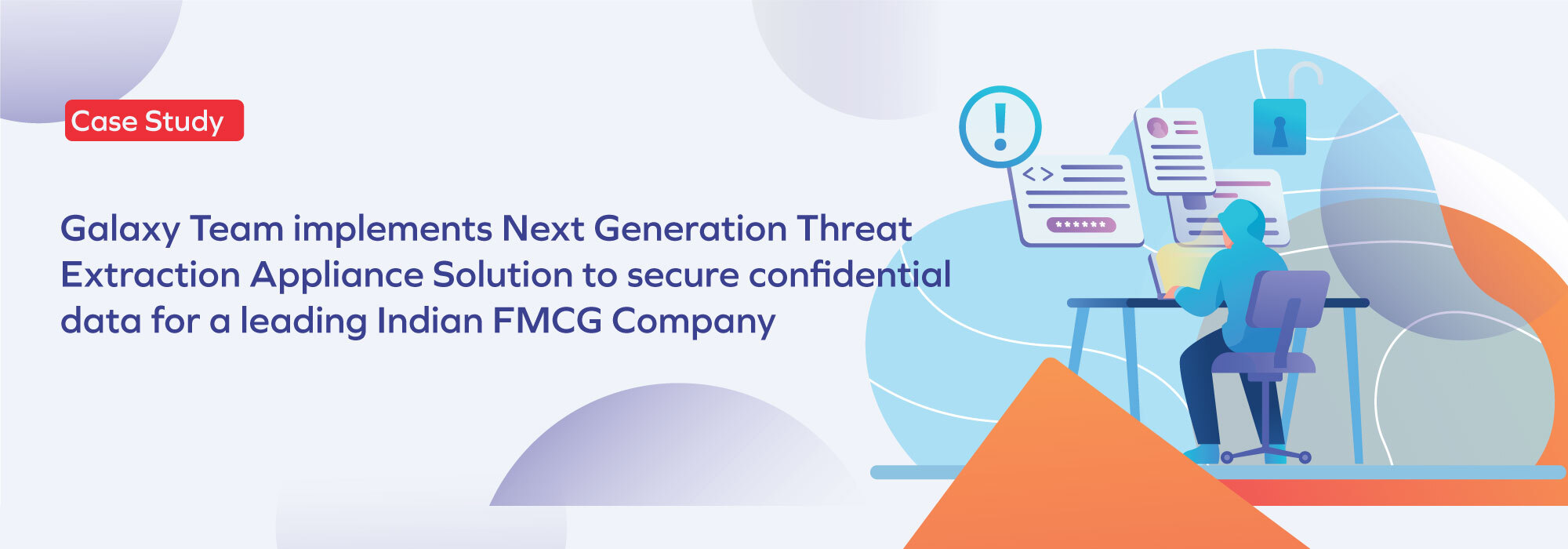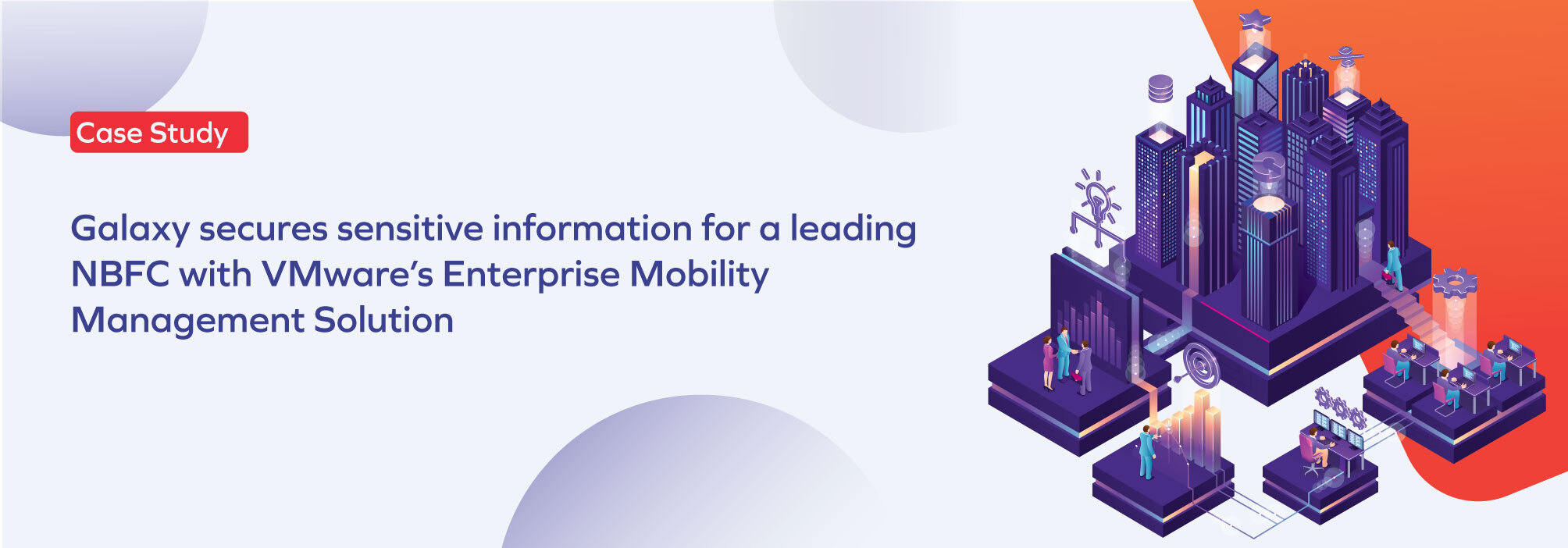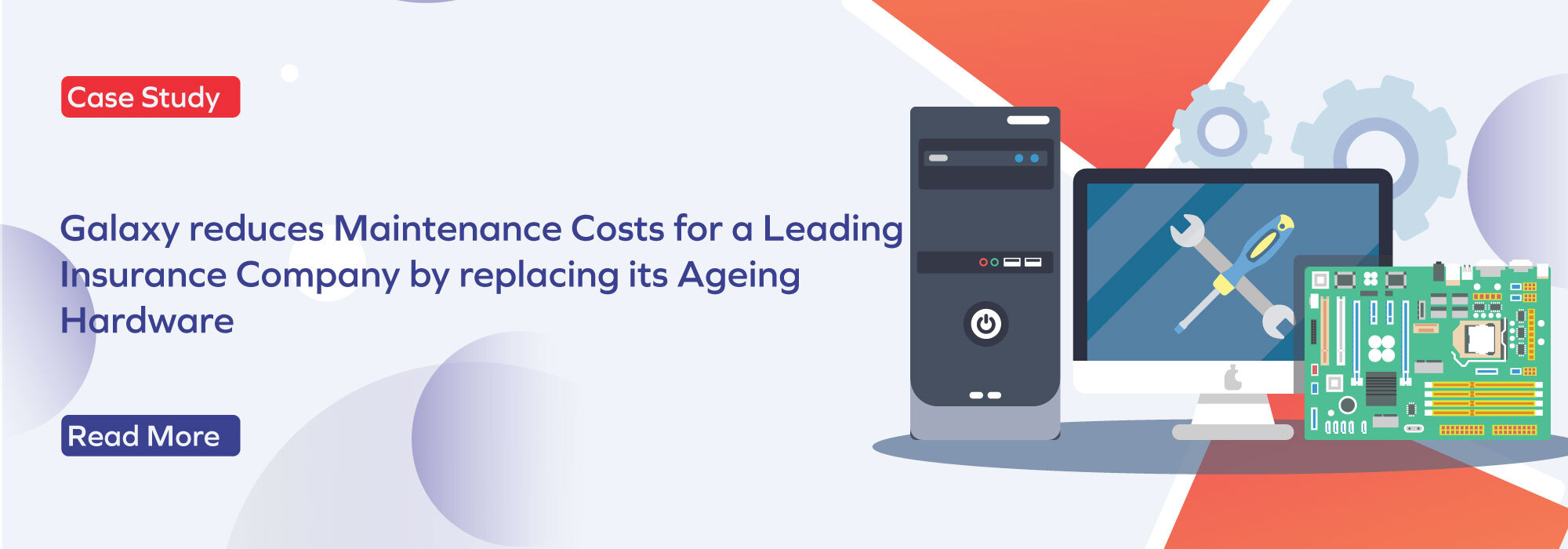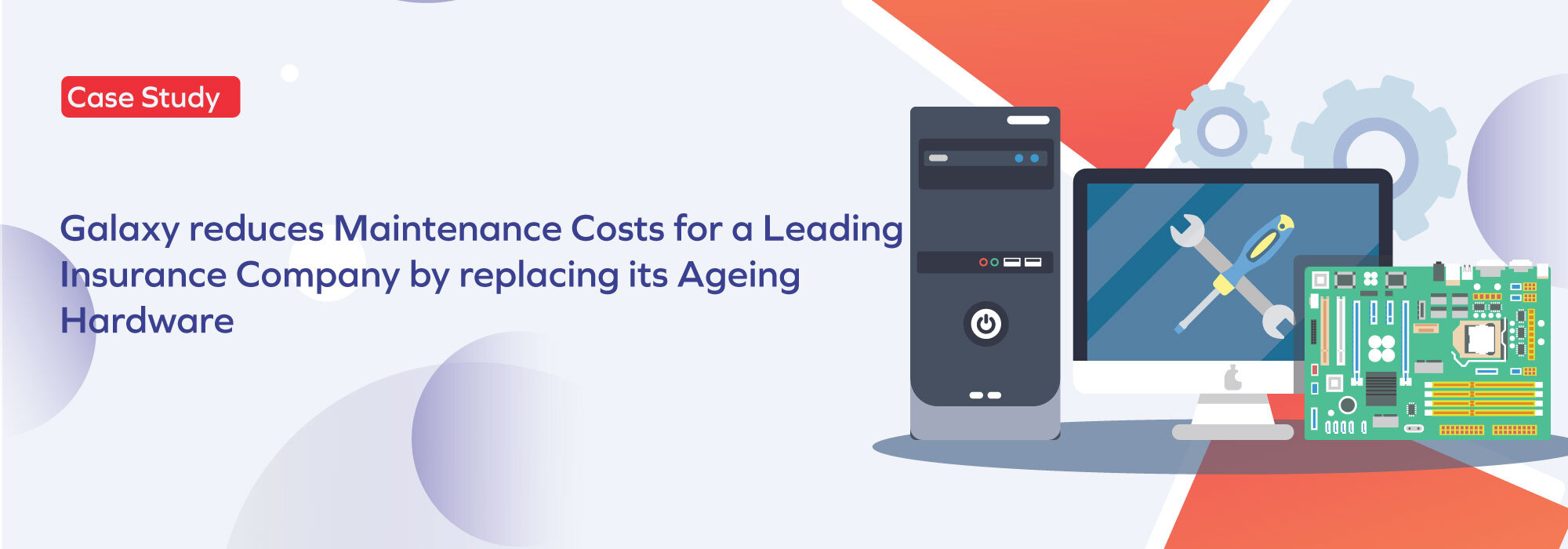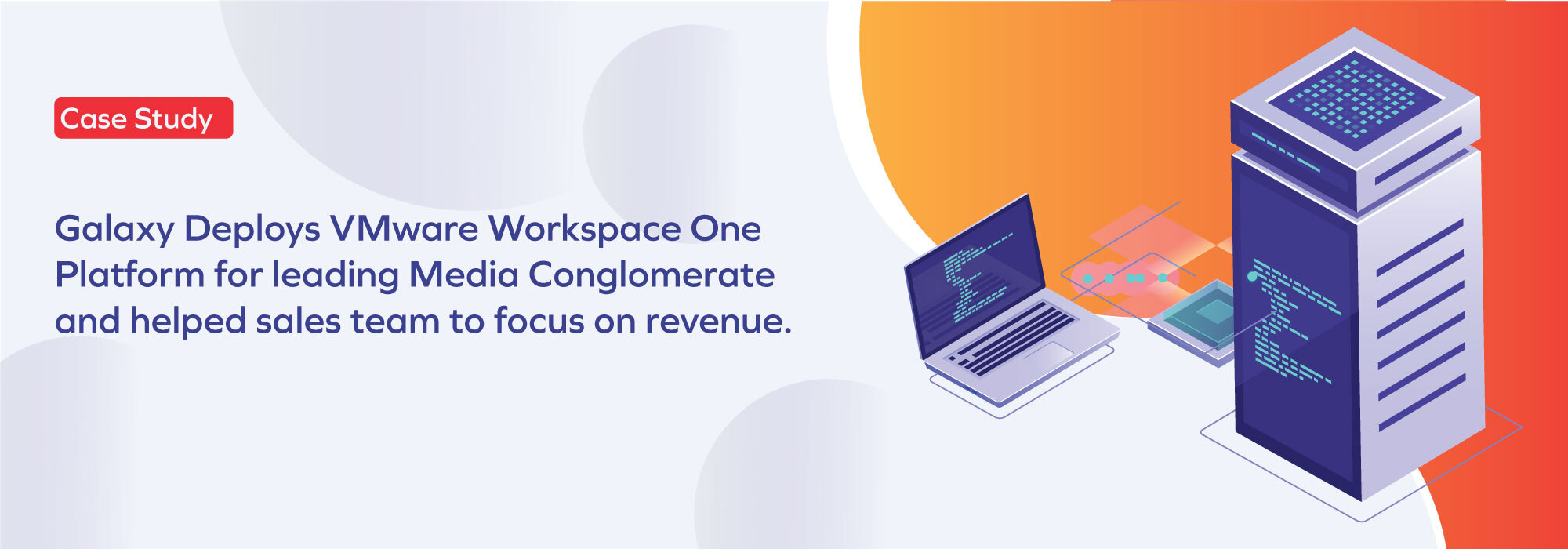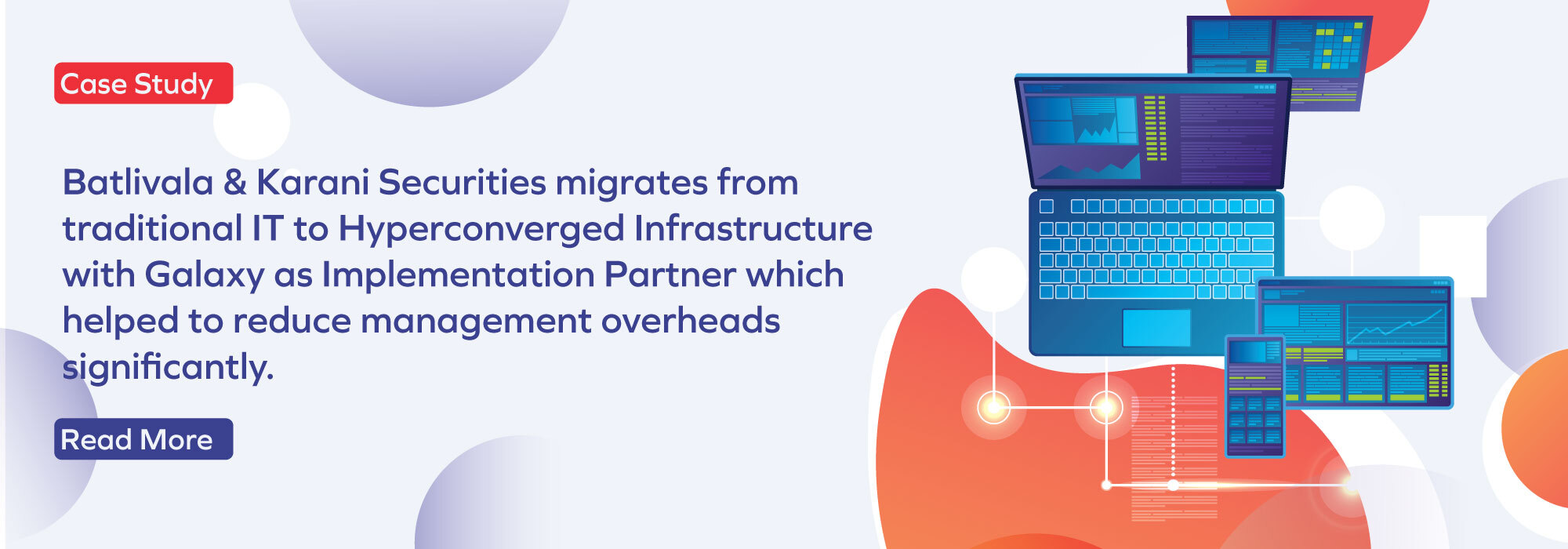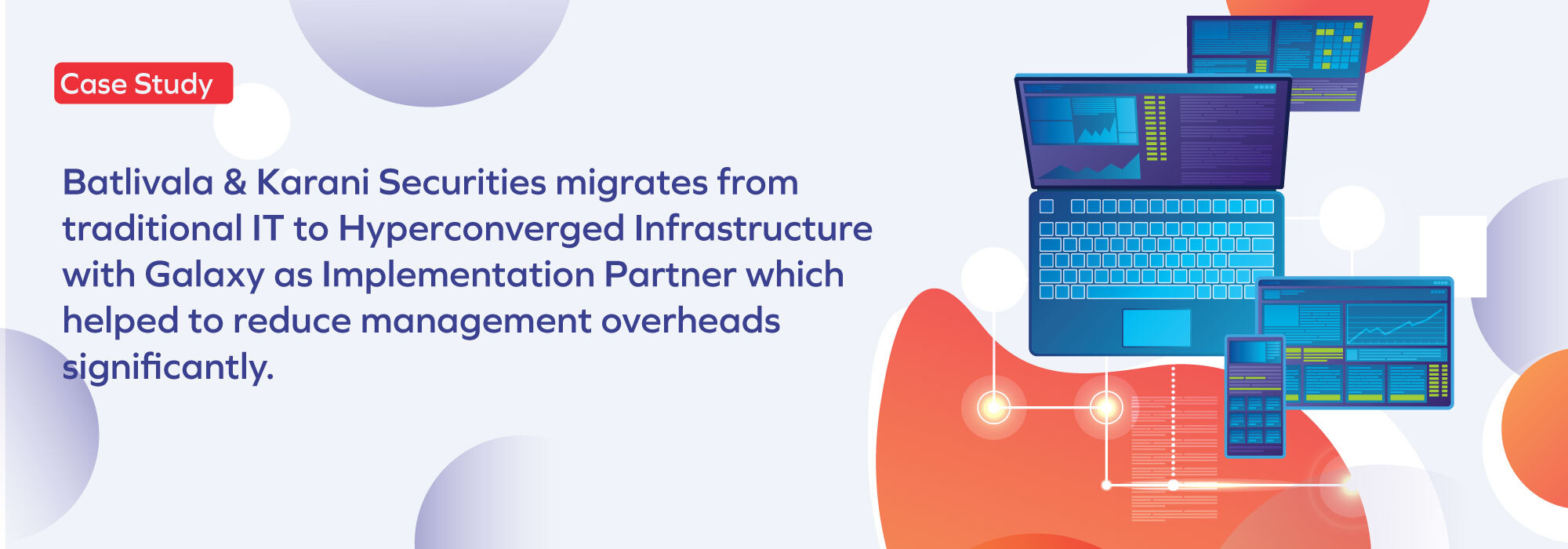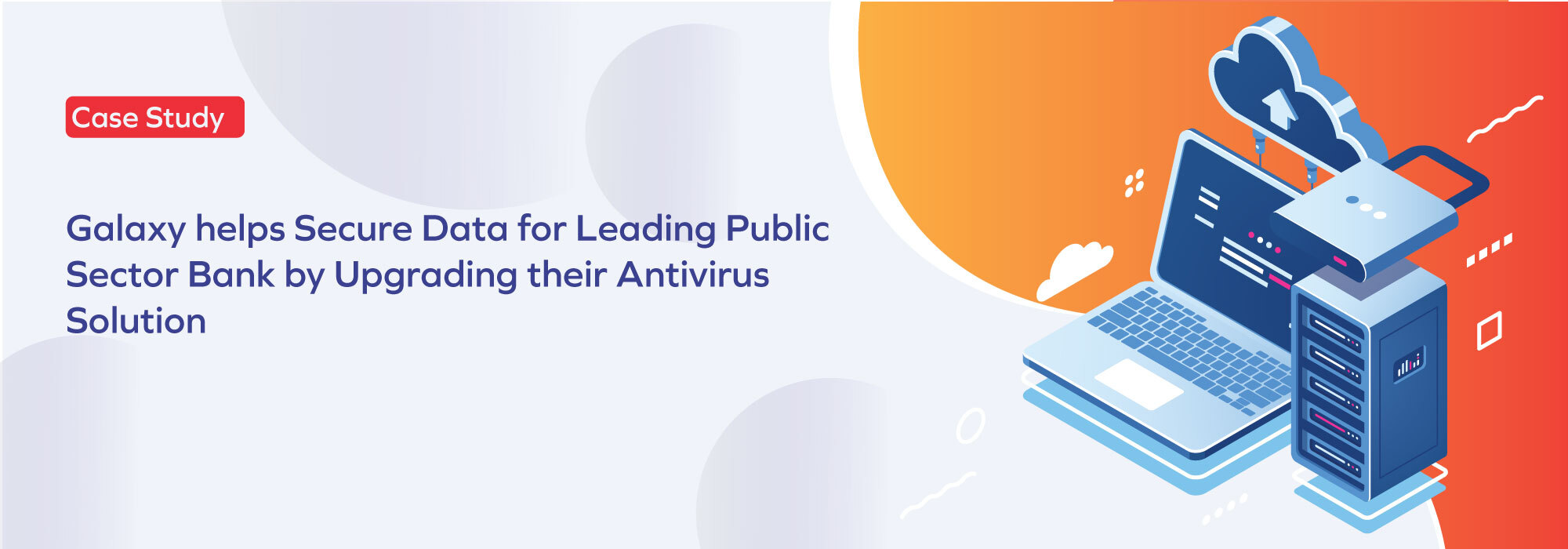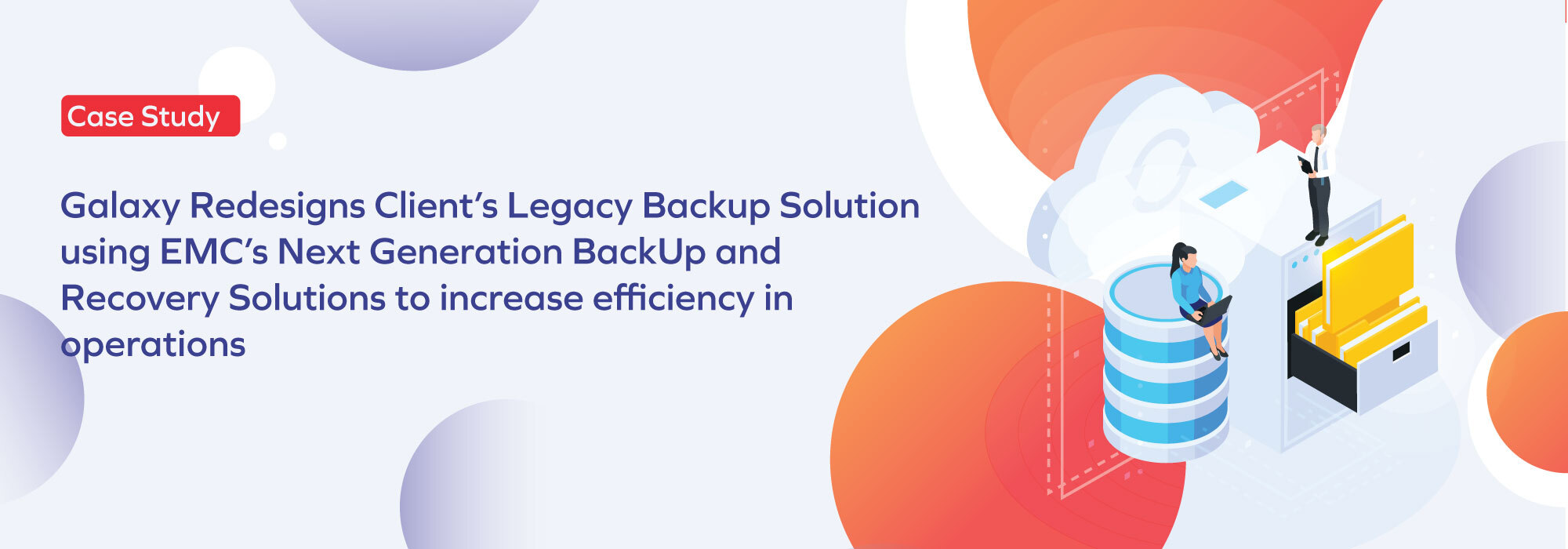
Customer is a global leader for solutions in commercial printing, custom labelling and publishing solutions. They provide an entire range of services right from design and content management, to fulfillment and distribution. They are headquartered in Stamford, Connecticut [US], with approximately 8,100 employees worldwide. In India, they have operations in Mumbai, Chennai, Bangalore, and Noida near Delhi.
The Challenge
The customer’s IT team structure is planned and distributed with an objective to maximize support across its geographically dispersed locations, and various business operations. Their backup infrastructure was based on tape, and managing and handling tape was not just labor intensive but also vulnerable to human errors. Moreover, taking a full back up of Servers & NAS data took around 40 to 48 hours to complete, and was prone to failure due to various reasons.
Challenges faced by client were common to users of legacy tape backup, such as:
- Manual Errors: Manual backup and recovery regularly needed dedicated IT resources. This manual intervention resulted in human errors such as incorrect labeling of tapes. This was more so in case of manual labeling that happened across various distributed locations.
- Additional Manpower for Backup process: Full backups were completed once on a weekly basis. Two backup copies were made; the first was kept in-house and the second sent to a secure location. This required additional manpower and cost to extract, package, transport, and house the backup tapes.
- Slow Recovery: The recovery process was slow and laborious due to organizational complexities such as distributed locations and due to disparate media. Additional time was required to bring secondary tapes from the secure location, and once recovered, the tape sometimes suffered physical degradation, adding to issues of reliability.
- Performance Impacted by Server Sprawl: The existing tape resources were insufficient in coping with the growing virtualized environment. Server sprawl impacted performance and made the management of storage requirements untenable.
The Solution
Galaxy engaged with the customer to understand their IT environment, conducted data assessments and recommended a solution to integrate data domain as a backup appliance. We helped them initiate a project to gradually replace legacy tape libraries with EMC Data Domain (Disk-based in-line De-Dupe Backup Appliance), and eliminate the use of tape for backup of virtualized / Physical servers & NAS data with EMC Data Domain. Till date, virtualized/physical servers and NAS data at the customer’s side no longer use tapes to backup. They now have data domain as a target of Backup Software in all their locations in India i.e. Mumbai, Chennai, Bangalore and Noida [Delhi]. They have also set up replication of backed-up data between all four locations.
The Benefits
Customer is looking to replace tape gradually over time for both its physical and virtual servers. As of March 2017, they had achieved 90% of overall goal of complete tape elimination. Looking back at business benefits, they have realized increased efficiencies and savings from backup transformation, such as: –
- Faster Backups: Back-up times are now cut down by 50% due to Data Domain, compared to traditional tape back-up solutions.
- Significantly Fast Recoveries: Disaster recovery procedures are simpler to run and consolidate an alternate data center. Data Domain improved recovery and disaster recovery speed by 30%.
- Reduced Disk Utilization: Customer previously used SATA disks as a backup target before transferring to the tape library, and could free up 30TB of SATA capacity overall with the change to Data Domain.
- Cost Savings on Bandwidth: Replication of Data between data domains between two sites reduces the bandwidth cost as it sends only non-redundant data
- Reduced administrative costs: Customer can absorb growth in business with the same number of technicians. The process of managing tape has been automated, saving time and allowing their IT staff to concentrate on higher end systems.



